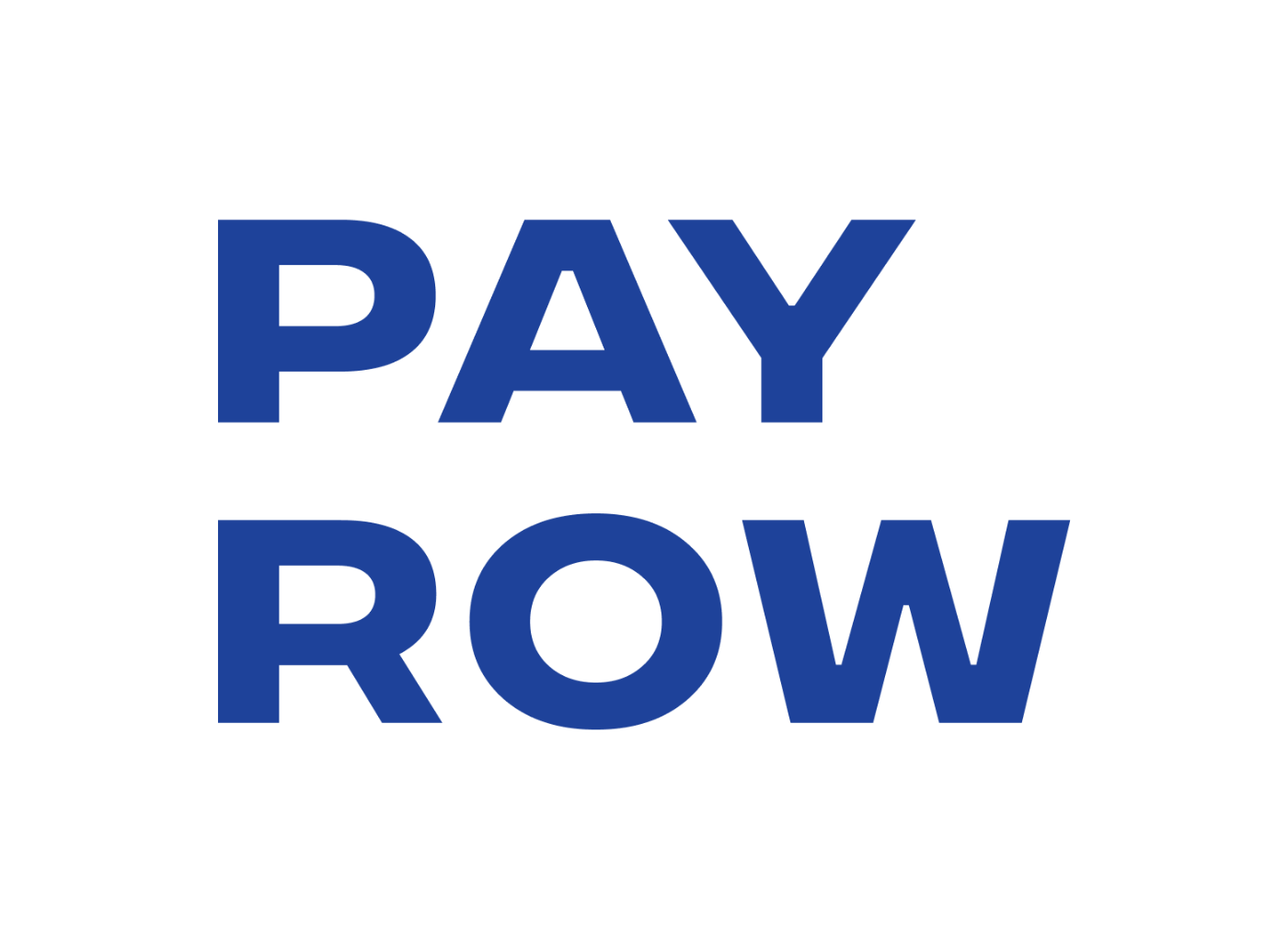859 reads
3D Secure v.2 Business Safety Protocol
by
August 9th, 2022
Audio Presented by

We are a financial service tailored to entrepreneurs, consultants, remote workers and freelance specialists
About Author
We are a financial service tailored to entrepreneurs, consultants, remote workers and freelance specialists